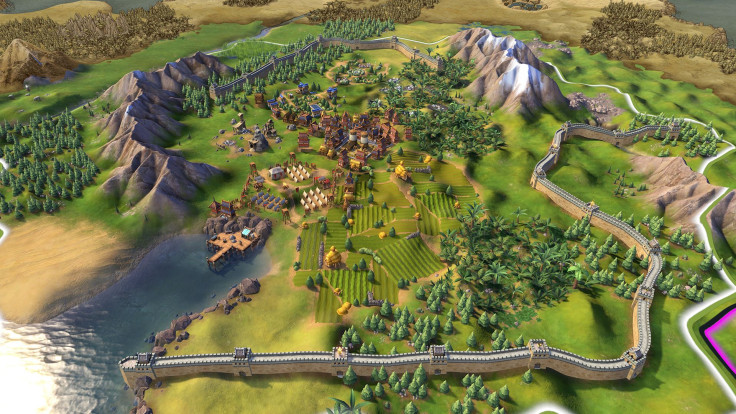Conquering cities in Civ 6 isn’t as easy as it used to be in Civ V. If you want to go on a war of conquest in the newly released game, you’re going to need to plan a little harder to break down city defenses and adapt to the new mechanics, or your armies will stain the fields red and shatter themselves against an intractable foe. Laying siege to cities in Civ 6 is more complex than ever, but if you understand the mechanics, you too will be able to sow salt in your enemies’ fields.
How To Conquer Cities In Civ 6: The New Siege Mechanics, Explained

Wartime city mechanics in Civilization 6 are derived from those in Civ V, but expand on them dramatically—in a way that makes cities much harder to conquer if you don’t know what you’re doing. Taking over a city without walls or encampments is basically the same as it used to be; throw your units against it for a while until it falls. But any city more advanced than that will decimate your units if you aren’t properly prepared.
The key to conquering and sieging cities in Civ 6 is understanding how walls work. Walls add a separate blue health bar to each city, and here’s the key: Regular units can’t do much damage to cities that have walls. Normal units only do 15% of their normal damage to city walls and don’t make a dent in the city itself; ranged units only do half damage. You need siege units to damage city walls—catapults, the industrial-era bombards, artillery and rocket artillery all do full damage to walls. But, as the walls wear down, your artillery will start doing damage to the city’s health as well, and your units will have more of an opening.
Three other big things you need to know about walls: First and probably most importantly, walls don’t regenerate health on their own. All damage to walls is semi-permanent, and lasts until the city manually repairs them using production. Cities can only repair walls if the walls haven’t taken damage in at least three turns, so it’s okay if it takes a while to wear them down. The damage sticks. City health, on the other hand, regenerates a little bit every turn unless the city is under siege—which occurs when every tile directly adjacent to the city is under the attacker’s direct control or zone-of-control (not counting impassable tiles). And, of course, encampment districts have their own sets of walls and health, so if you want to shut down the enemy’s constant barrage of assaults against you, you’ll need to take them out as well.
Two support units, both available in the early game, make sieging cities substantially easier. Battering rams allow units to attack city walls directly, doing their normal damage to the walls and making it easier to attack the city’s health directly down the road. Siege Towers, on the other hand, let melee units attack the city’s health even while the city’s walls are in place. Both continue to be useful for several eras; battering rams help wear down a city’s walls so you can make a big assault with all your units. Siege towers are more helpful if you have a large land army without many siege units.
So, here’s the shortcut to properly sieging a well-defended city: Use siege units to hammer the walls as much as you can, at least until they start damaging the city’s health directly. Use land units with battering rams at the same time to further wear down the walls. Then, throw the rest of your land units—attached to siege towers, if possible—against the city. And that’s it! You’ve got yourself a city. Heal up, rinse repeat!


















